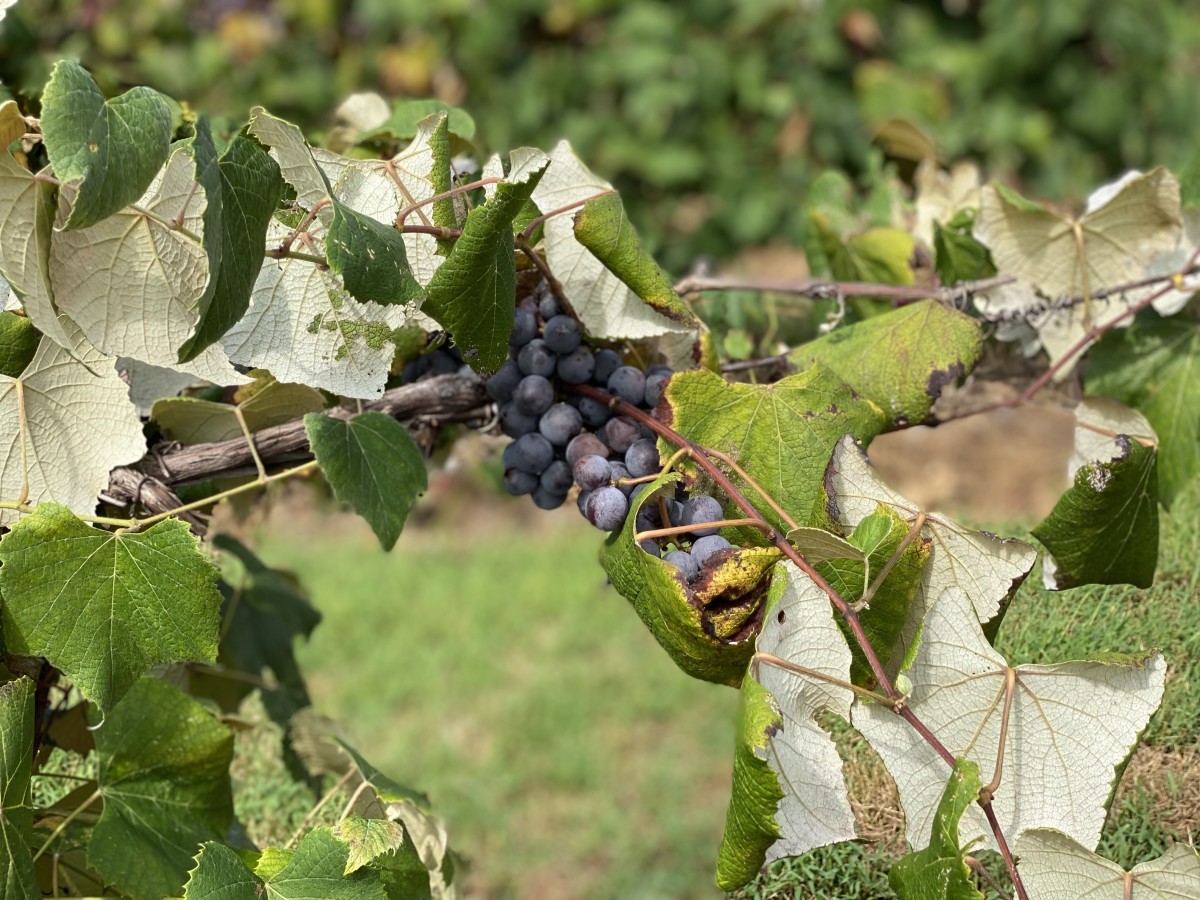April 06, 2022

Like all other types of agriculture, climate and weather is critical to a successful growing season. The weather extremes across our state require hardy and resilient grape varieties. Today’s varietals grown in Missouri have been expertly honed and tested as the most successful cultivars vintners can grow, so far. American Viticultural Areas (AVAs) have been established to help categorize the terroir of the region. Terroir is the complete natural environment in which a particular wine is produced, including factors such as the soil, topography, and climate.
There are many challenges for grape growers such as inconsistent weather, environment changes and geophysical features which can affect their harvest. However, as Earth’s climate continues to change, Mother Nature always has a surprise up her sleeve.
Grape vines lay dormant throughout the winter. They usually reach bud break between April 15 to April 25, with some variability from year-to-year. At 50°F, the life of the vine is sustained for the season. The most cautious time for growing grapes is from bud break to harvest. Frankly stating, the entire grape growing season is imperative to the quality and quantity of the grape harvest. Successes with each grape growing season allow for an accessible crop to supply fruit for wine. Chemistry can help correct imperfections in the wine, but without a successful grape harvest, wine cannot be made - or enjoyed.
One of the biggest concerns that grape growers face is the weather. A frost or freeze event can destroy primary buds after bud break. Some varietals with secondary buds can produce fruit after one of these events, but many varietals cannot proceed into the growing season, causing varying degrees of crop loss. Hail can also cause damage to the berry or cluster, creating opportunities for disease and pest challenges. Periods of prolonged wetness also create disease issues for vines, causing the green tissue to soften become more susceptible to fungal pressures. For varietals with smaller grape clusters, too much rain can cause berries to explode. Acres of vineyards for wineries are often spread out to mitigate risk.
Viticulture is a longstanding pillar within agriculture, although often not viewed or presented this way by many in our day and age. Growing grapes is a different angle of farming that has a lot of the same parallels. Herbicides and pesticides can be utilized for crop protection, often seen with other types of agriculture. Irrigation is utilized to ensure vines receive adequate moisture. Pruning, harvest and other vine maintenance can be labor intensive. Grit is shown in these details of vineyard management, immense care for the quality of the crop and being long-standing stewards of the land. Weather will always affect the harvest, but what is often overlooked are the people who see the process through from pruning to bottling. This passion, intent and respect is no doubt shown in the wines made in Missouri, ensuring agriculture and viticulture for centuries to come.
Come visit Missouri wine country in person to learn more. Tag us on social with @missouriwine and #missouriwine.

